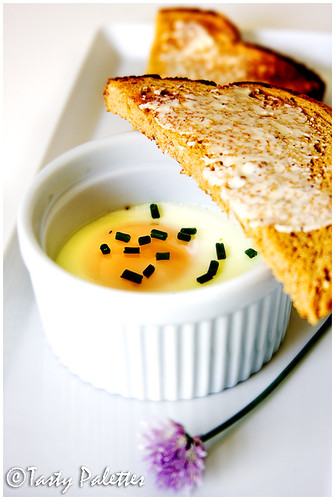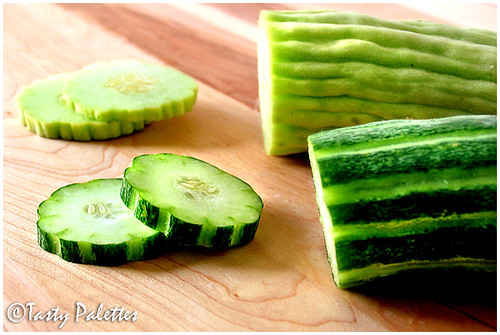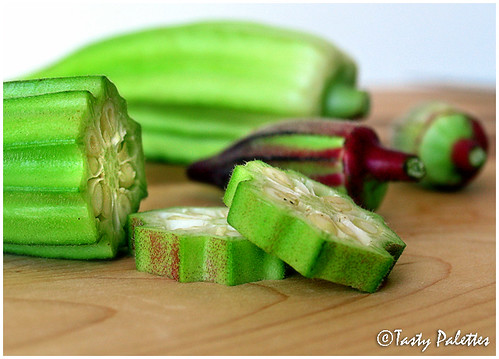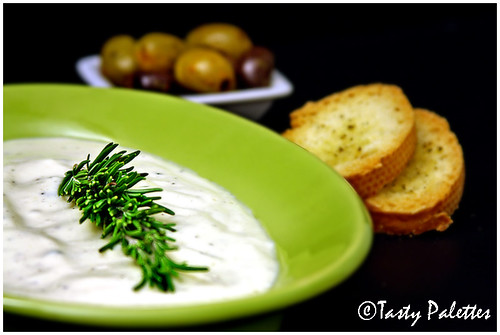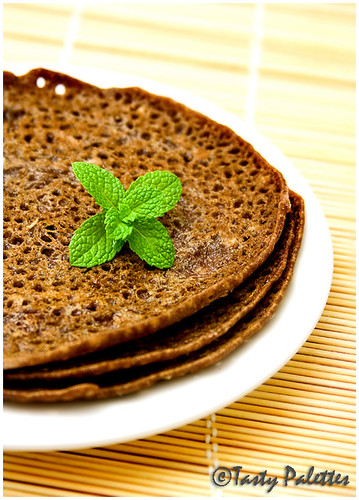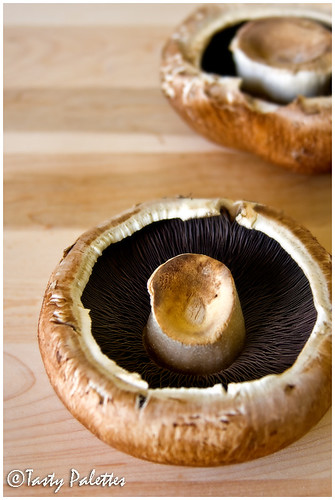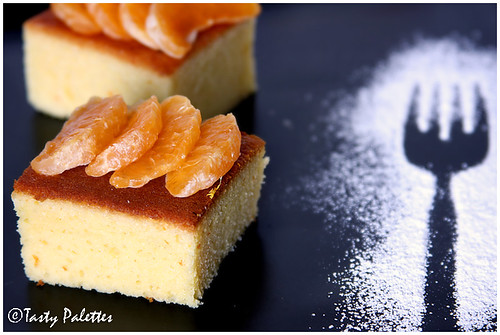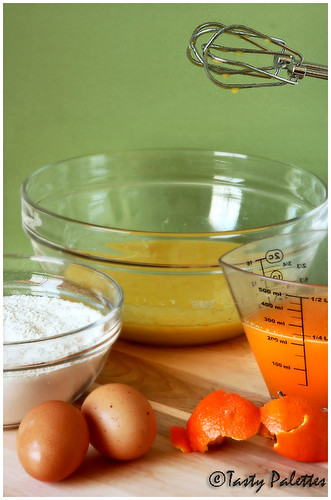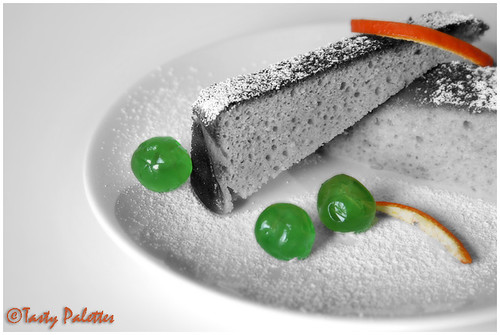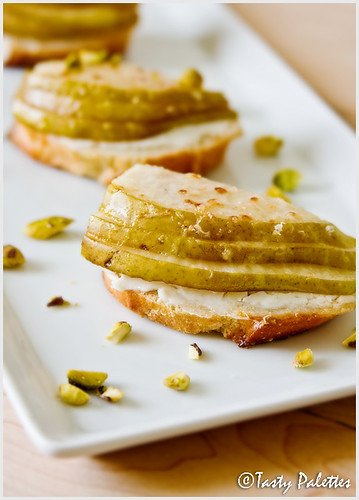Eggs En Cocotte
That’s a fancy name for eggs baked in a cup or ramekin. Easy as 1,2,3, the eggs are baked with cream, salt and pepper and served with buttered toasts.
After a visit to the farmer’s market, I always come home with farm-fresh eggs with bright coloured yolks and freshly baked bread. So eggs and toast is our standard weekend brunch. Some days the eggs are scrambled, other days they are baked or broiled.
In this method, the eggs are gently cooked over a water bath, until the whites are set but the yolks are still runny. By the time I put away vegetables from the weekly trip, the eggs are done and breakfast is served without breaking a sweat. Easy, huh? Did I say they make a pretty presentation?
I have cooked the eggs with only half-and-half, but you can also drizzle melted butter over the eggs before sliding into the oven. Other substitutions that can be made are parmesan cheese instead of salt, and tarragon instead of chives. You can also bake the eggs with chopped tomato or sauteed mushrooms. This is my entry to Waiter, There is something in my… Breakfast, hosted by Johanna at The Passionate Cook.
IngredientsEggs – 4Half-and-half or cream – 4 tbsp
Salt
Pepper
Chives
Butter for greasingMethod
Preheat oven to 350F. Grease 4 ramekins with butter and season the bottom with salt and pepper. Crack one egg per each ramekin and drizzle 1 tbsp of half-and-half or cream per ramekin. Place the ramekins in a pan and fill the pan with hot water till it reaches about half the height of the ramekins.
Bake for 15 minutes, until the whites are set and egg yolks are still wiggly. Bake for additional 2 minutes if you want the yolks to be completely set too. The eggs continue to cook a bit even after removing from the oven. Let the ramekins rest for 2 minutes and serve garnished with chopped chives and buttered toasts. This serves two.
This is my entry for this edition of CLICK – Au Naturel, created and hosted by Bee and Jai at Jugalbandi.
Edited to Add: Eggs en cocotte is my entry for WBB - Express Breakfasts, hosted by Raaga, The Singing Chef. WBB is Nandita's conception. For breakfast recipes that can be whipped up in under 15 minutes, head over to her blog for the roundup.















